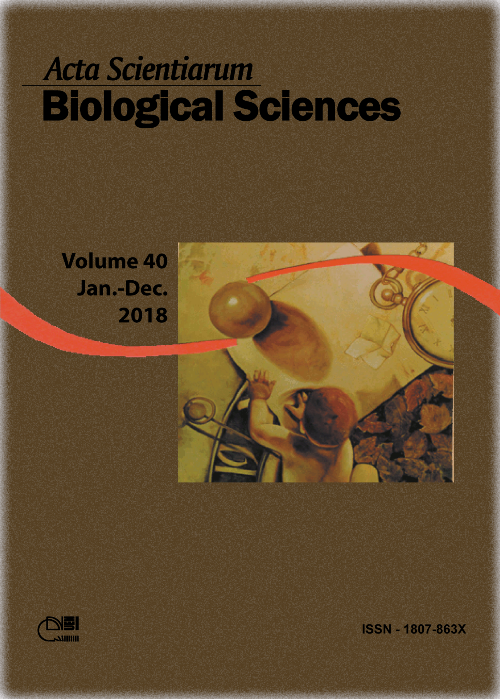<b>Structural and physical-chemical analyses of sulfated polysaccharides from the sea lettuce <i>Ulva lactuca</i> and their effects on thrombin generation
Resumo
Ulva lactuca (Chlorophyceae) has biotechnologically-important sulfated-polysaccharides (Ul-SPs), but their potentials on thrombin generation (TG) are unknown. This study analyzed the structural and physical-chemical features of the Ul-SPs as modulators of TG. Proteolytic digestion yielded (13.13%) extract containing sulfate (20.43%) and total sugars (65.72%), besides ulvan consisting of rhamnose, xylose, glucose, glucuronic acid and α-/β-types glycosidic linkages as characterized by one-/two-dimensions nuclear magnetic resonance (NMR) experiments. Fractionation of the Ul-SPs by DEAE-cellulose chromatography yielded Ul-SP1 and Ul-SP2 (0.50 and 0.75 M NaCl, respectively) showing sulfation (15.72-18.04%) and total sugars (59.73-60.58%) consistent with the charge density pattern by combination of agarose/polyacrylamide gel eletrophoresis using sequential staining with toluidine blue and stains-all, although with slight differences in their sizes (40 and >100 kDa, respectively). By both activated partial thromboplastin time (APTT) and prothrombin time (PT) tests, anticoagulation of the fractions was virtually detected by APTT (0.39 and 0.43 IU, respectively) against heparin (193 IU). Fractions acted differently on both intrinsic/extrinsic pathways in TG using 60-fold diluted human plasma, with 50% efficacies up to 8.3 µg, whereas at high concentrations suggested intrinsic hypercoagulability since heparin abolished both systems at low amounts. Ul-SPs block TG, but predicting thrombosis in increasing doses.
Downloads
DECLARAÇÃO DE ORIGINALIDADE E DIREITOS AUTORAIS
Declaro que o presente artigo é original, não tendo sido submetido à publicação em qualquer outro periódico nacional ou internacional, quer seja em parte ou em sua totalidade.
Os direitos autorais pertencem exclusivamente aos autores. Os direitos de licenciamento utilizados pelo periódico é a licença Creative Commons Attribution 4.0 (CC BY 4.0): são permitidos o compartilhamento (cópia e distribuição do material em qualqer meio ou formato) e adaptação (remix, transformação e criação de material a partir do conteúdo assim licenciado para quaisquer fins, inclusive comerciais.
Recomenda-se a leitura desse link para maiores informações sobre o tema: fornecimento de créditos e referências de forma correta, entre outros detalhes cruciais para uso adequado do material licenciado.












1.png)




3.png)













